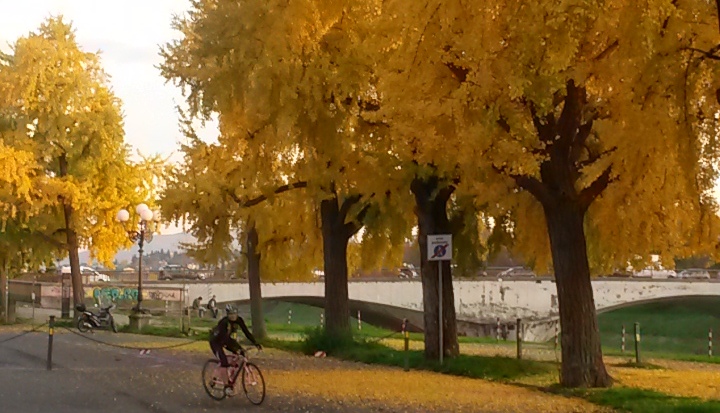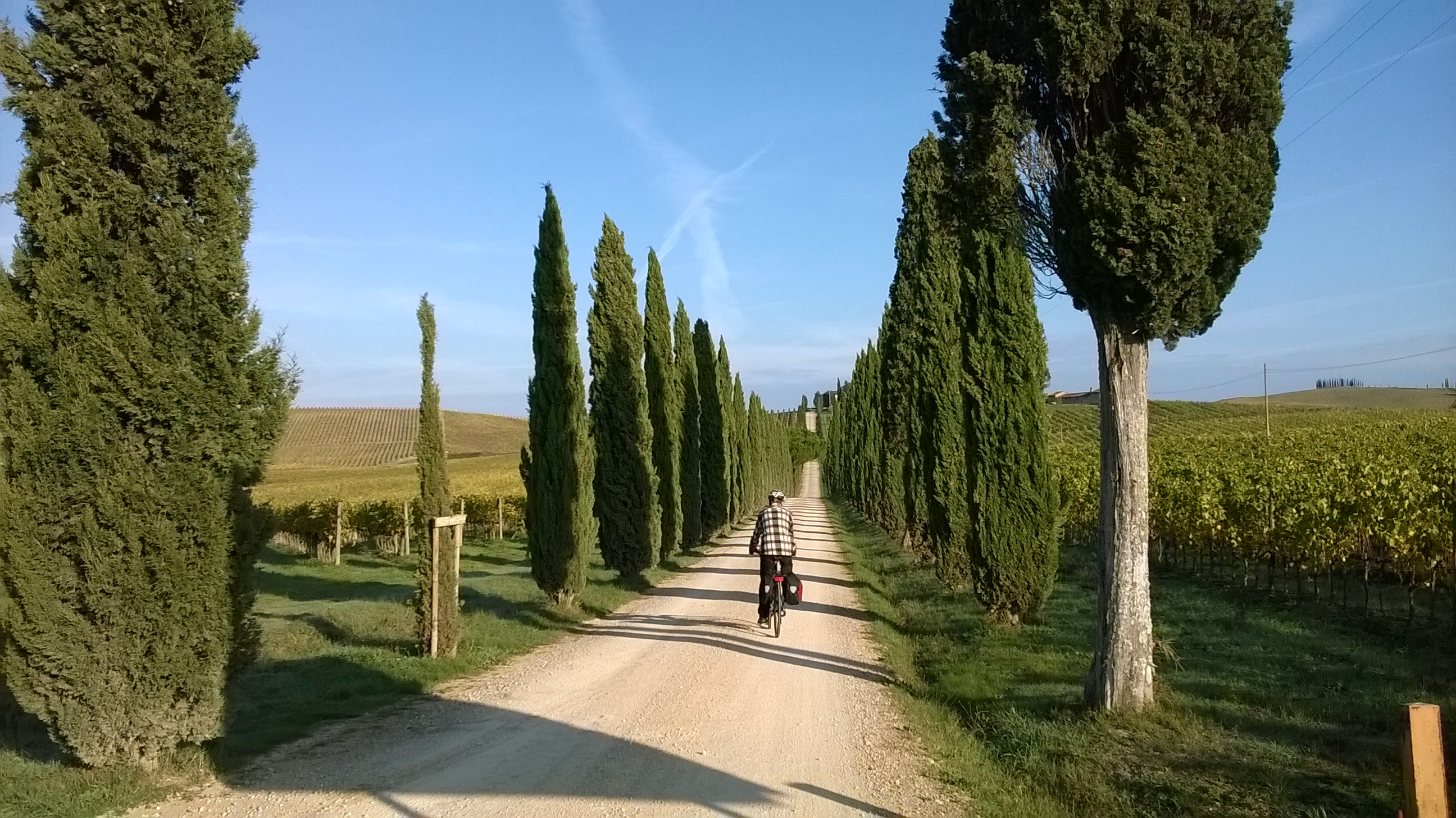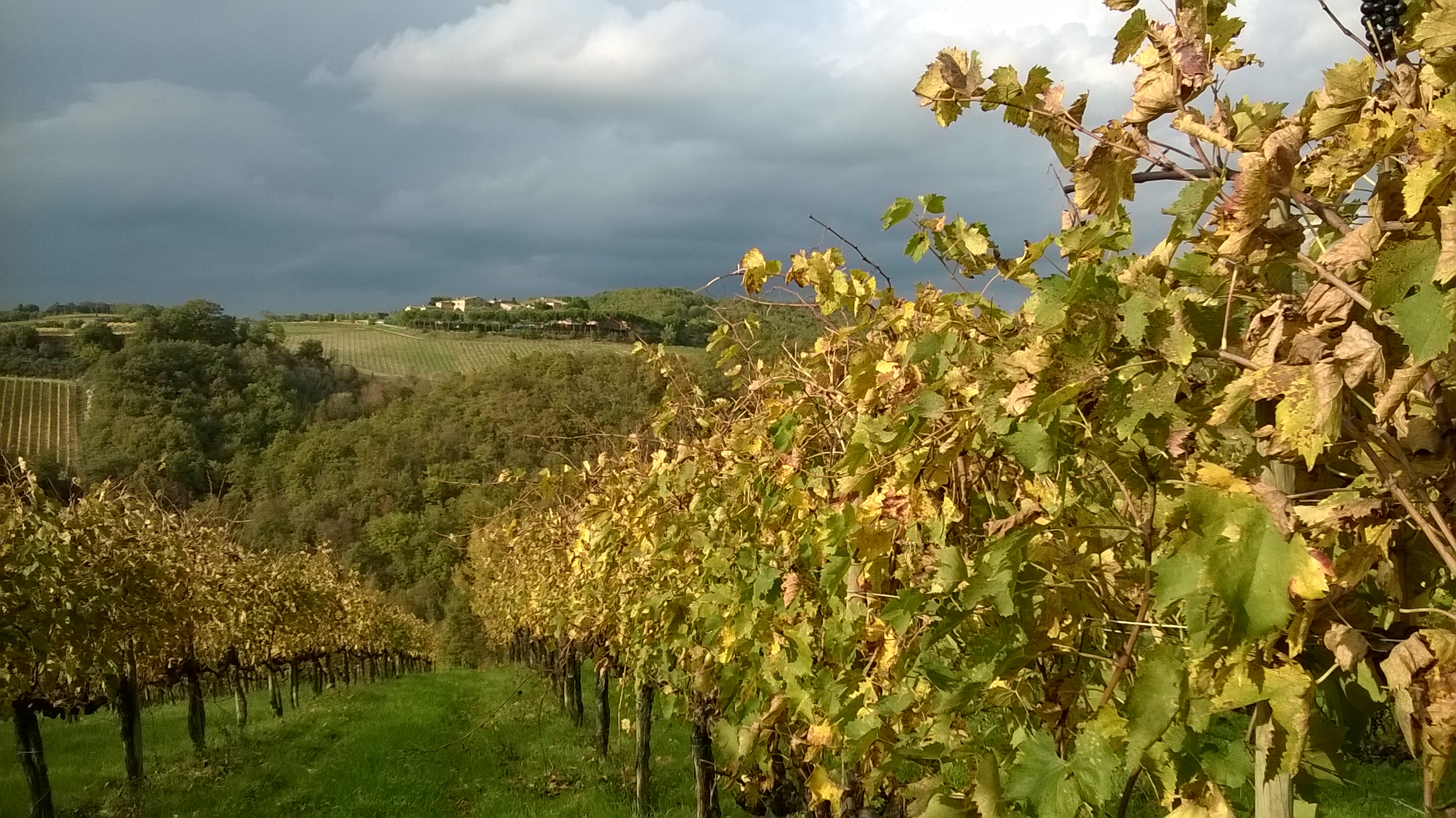Well, 2020 has certainly been a year to remember so far, even as most of us wish we could forget it and move on to 2021 in the hopes it has the potential to make us smile more. That wish would take away our chance to learn from this year and we think learning is the real gift we can all take away from a year of political upheaval wrapped up in a pandemic and cooked in a climate crisis.
As a small company in a huge industry we’ve always had to stay flexible and quick on our feet…I mean wheels. The reliable constant has been the stability of tourism overall. We could be Leif and Michele riding through the Italian countryside drinking wine and sharing our experiences with the people we meet along the way because tourism had a place for everyone. That illusion has been shattered this year with the arrival of the pandemic. “Now what?” is a recurring question for everyone, but for the travel industry it’s a particularly loud, repeated and immediately unanswerable question.
We’ve been in limbo since the end of February. It’s an uncomfortable place to be for any length of time. To use a travel metaphor we’ve gone from the excitement and enchantment that the first days of a vacation bring, past the comfort of the next few days as comfort grows out of repetition, and now we’re well into those last few days where living out of a suitcase is downright unbearable and restaurant food is predictable but we have no choice and we’ve run out of comfortable sitting positions to make the bus rides less tedious. If this were a vacation we’d be hoping against hope that our Instagram feed would one day make this trip feel less awful.
But we still have hope.
We also remain remarkably light on our feet. Ahem, wheels. We’re doing what we need to do to survive these awkward months where nothing is normal and no one has a clue what tomorrow brings. We have time to explore ideas and reimagine our lives and learn all kinds of new things. Instead of looking back on what we think we’ve lost we’re looking forward to what we can be and have in the future.
Leif has become a pretty darn good bike mechanic. He has always had mad roadside skills but now he can walk into a fully equipped shop and take a bike apart and put it back together. He’s always been able to make a rental bike fit the rider. Now he can talk to a rider and help them find the perfect bike to buy. His passion for cycling has a new depth. Instead of getting people on a bike for a day he has been able to help others make cycling a part of their every day. Pretty cool, huh?
Michele has turned a corner of the apartment into her painting studio. Letting her creative side dominate during the lockdown has been a blessing. Expect to see a lot of watercolors of the Tuscan countryside in the months to come.
We’re also shifting our focus a bit from the Velo to the Vino in our company name. Leif is exploring the idea of becoming a wine educator. It’s a natural progression from connoisseur to guide to teacher that he’s perfectly suited for.
Michele is diving into the world of wine in a serious way too. She’s starting classes to learn more about wine, wine growing and the business of wine. She’s always been pretty good about drinking wine; now she has a chance to understand it as well. Living in the heart of Chianti as we do wine has a place in everyday life and the more she learns about it the better she can help visitors to understand the role wine farming has played in the culture of Italy.
As hard as this year has been, we intend to be around next year and for many years to come. How we do that isn’t completely clear, but we’re going to do it. The friendships we’ve built, the special times we’ve shared, and the joy we’ve received make it impossible for us to just quit. We have so much yet to give…we just have to figure out how to do that.
To all our past guests: We treasure the time you spent with us. We have relived so many experiences during our lockdown and feel richer for having known you.
To our future guests: We can’t wait to meet you and show you what life in Italy looks, sounds, feels, smells and tastes like. It’s 1000 times better than you can imagine.









